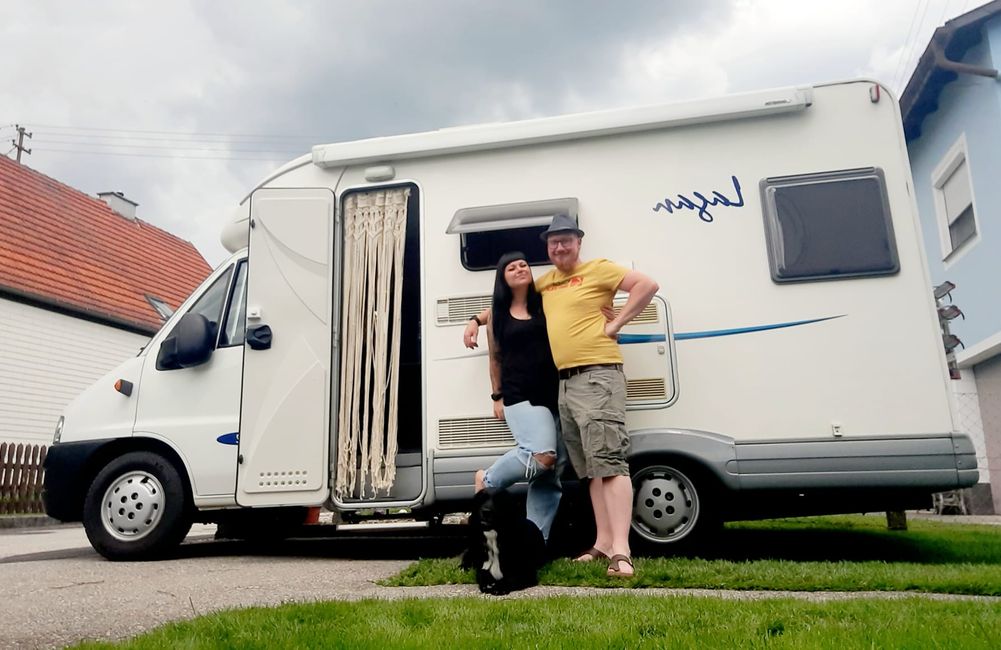Blau, gelb, grün, rot
Published: 29.05.2023
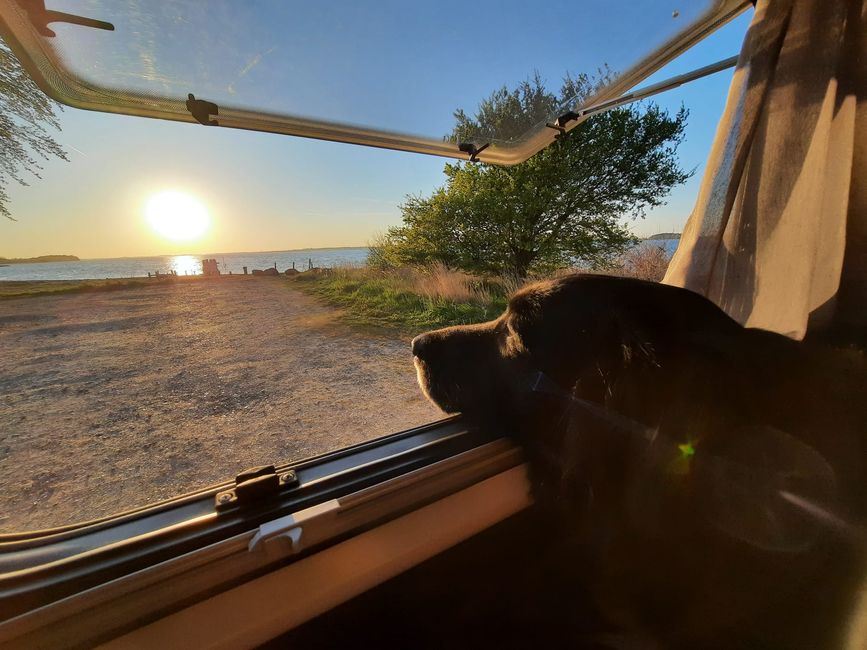
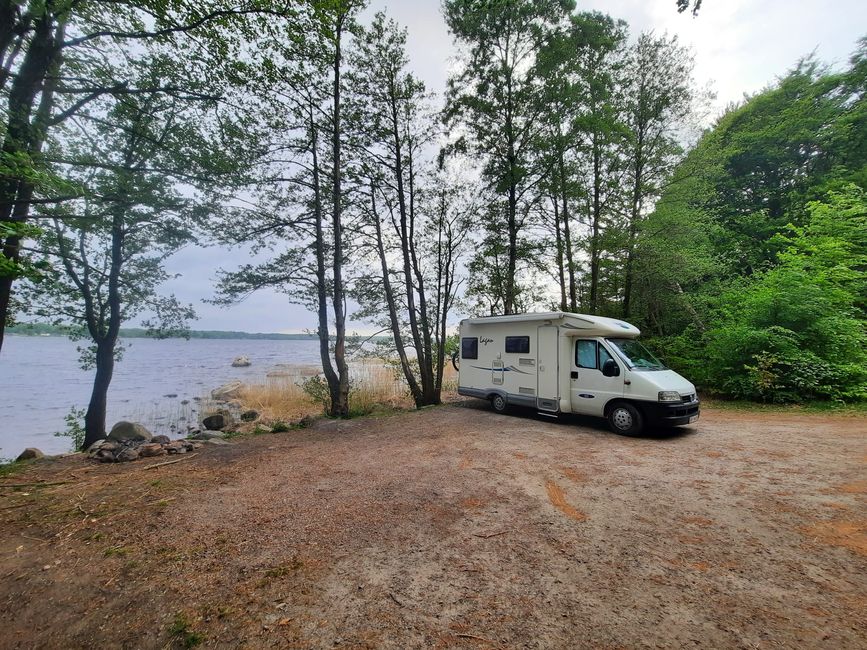
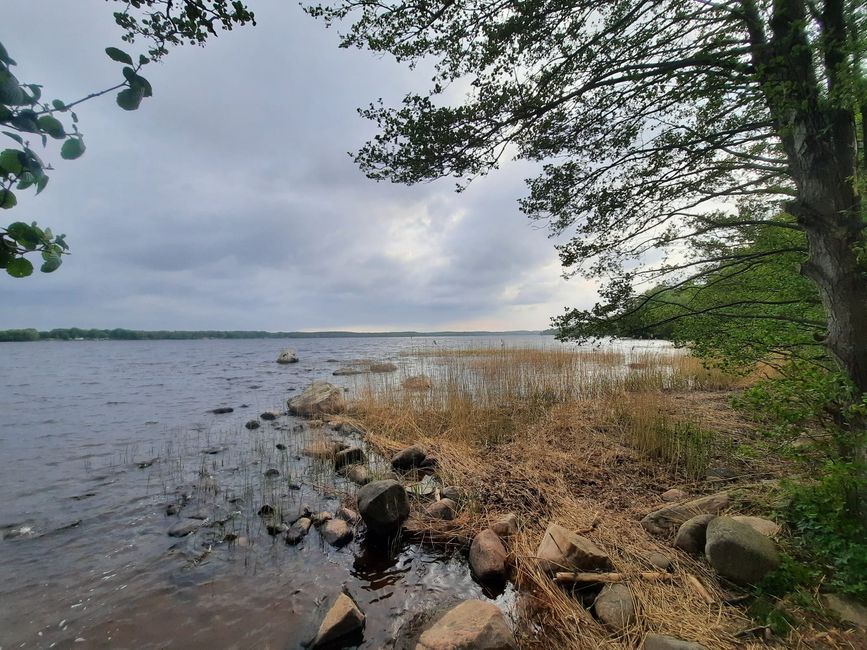
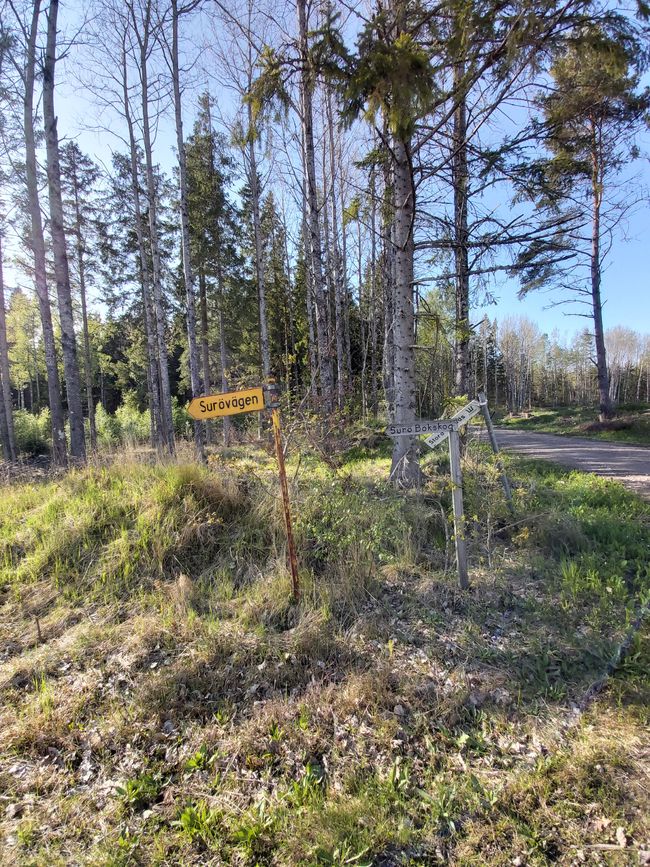
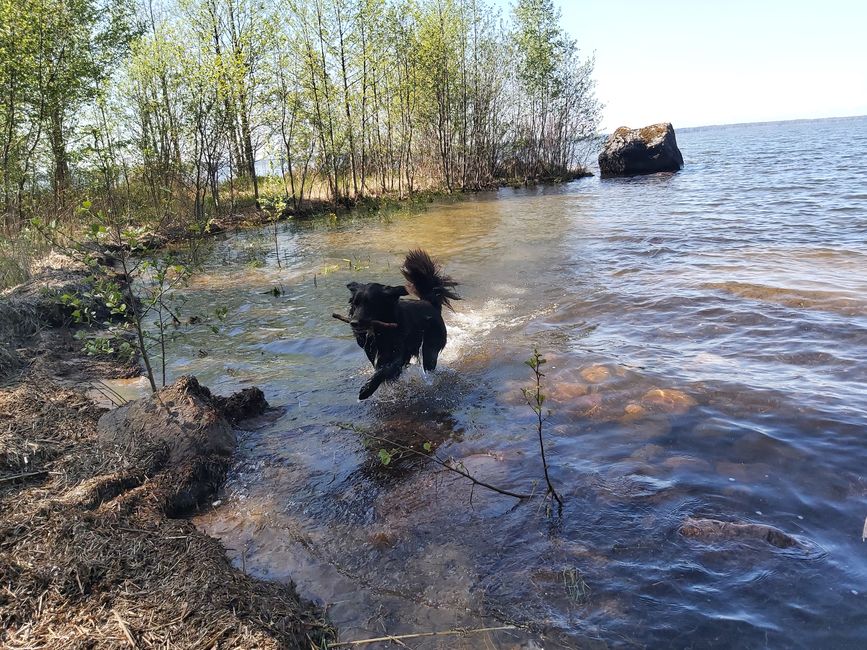
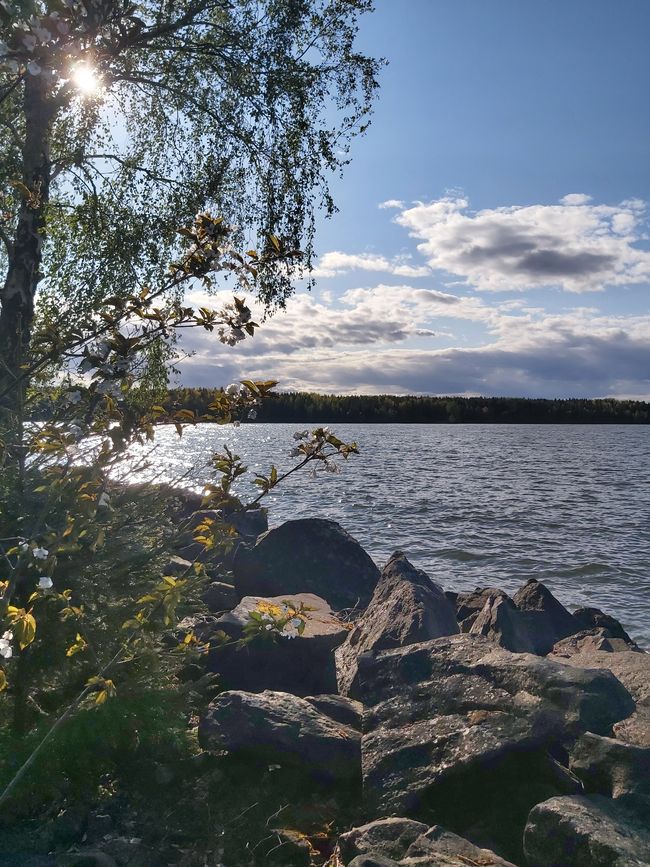
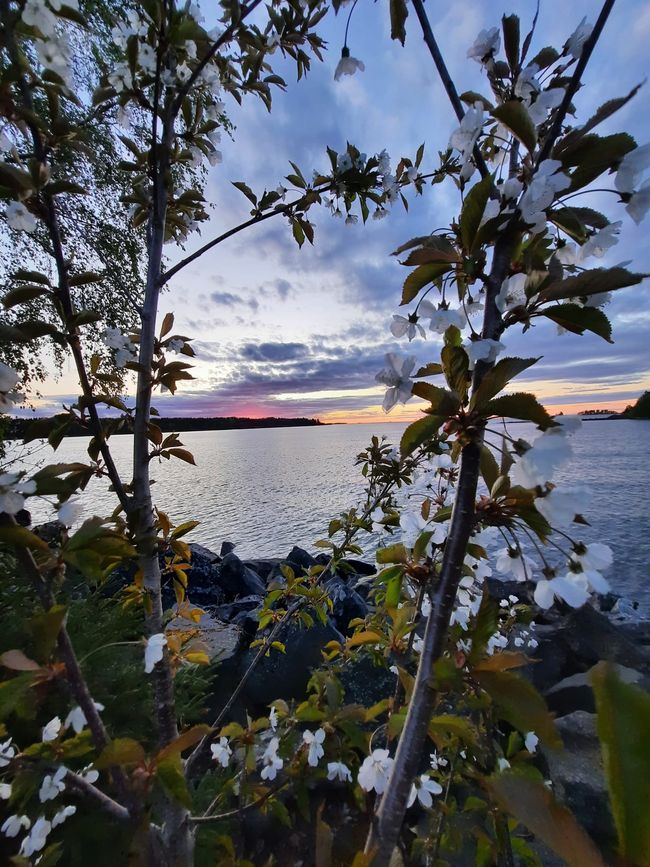
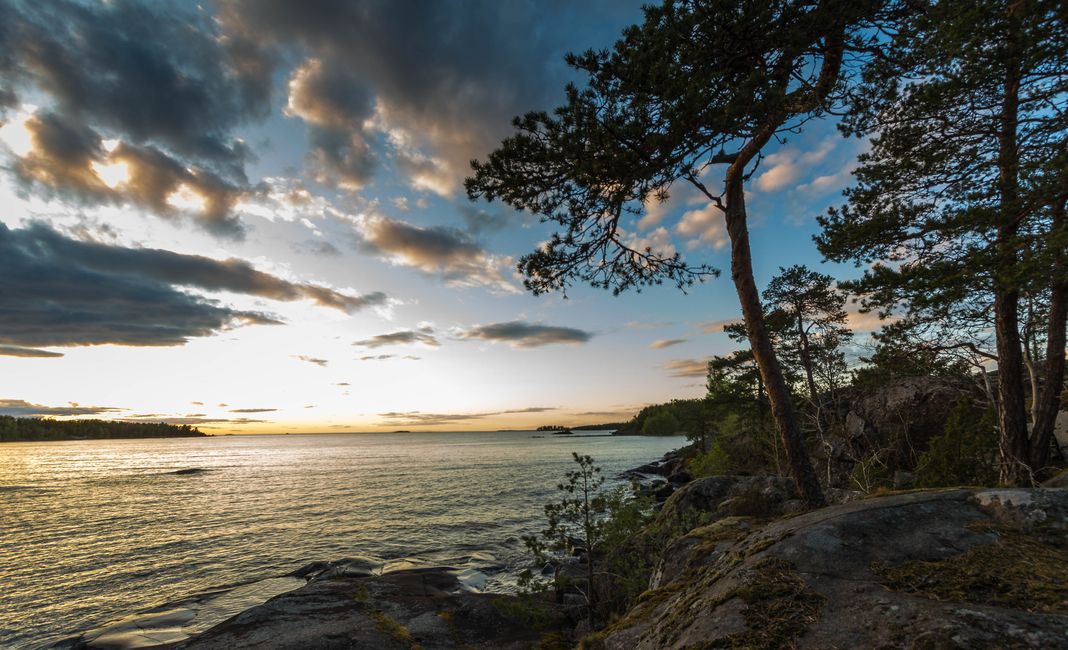
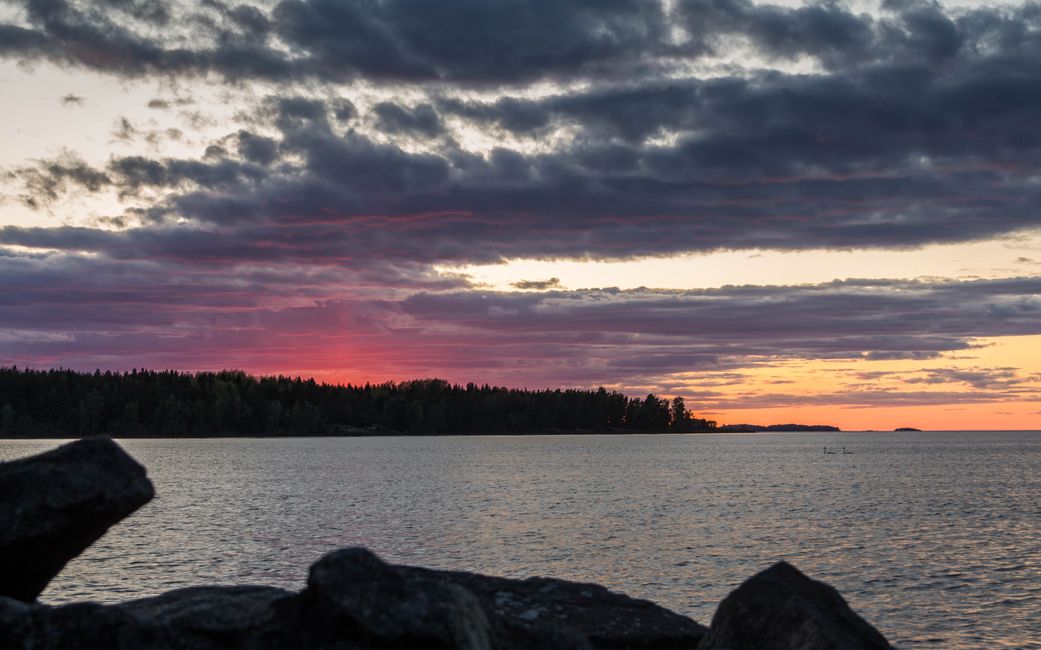
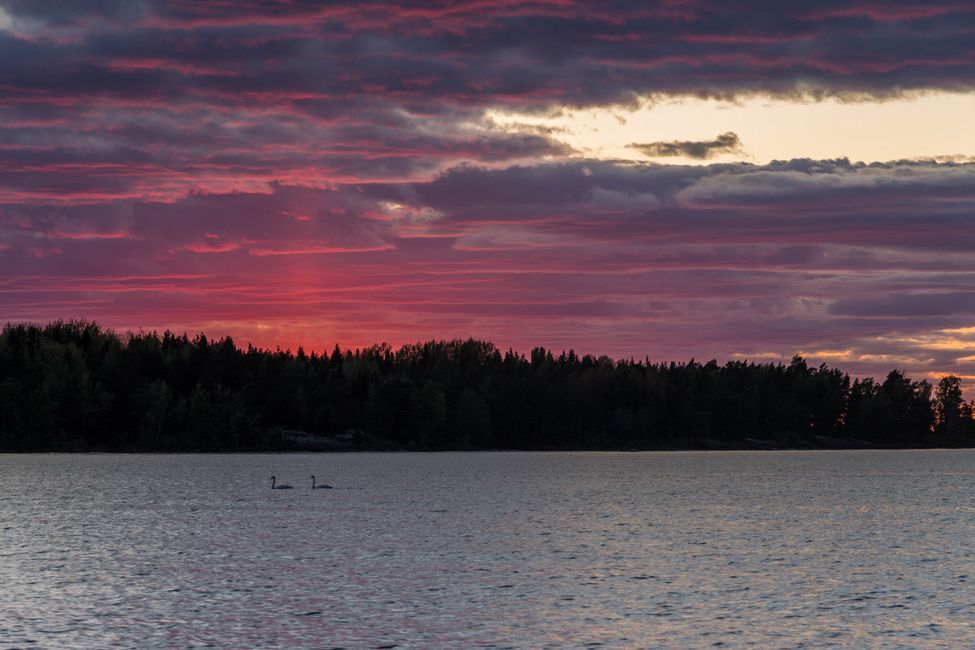
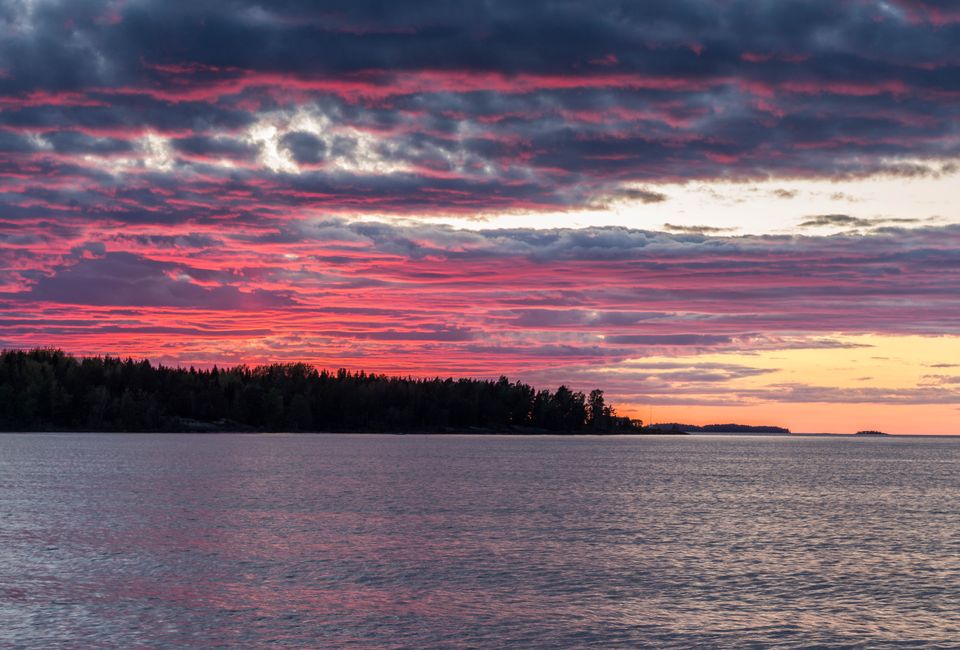
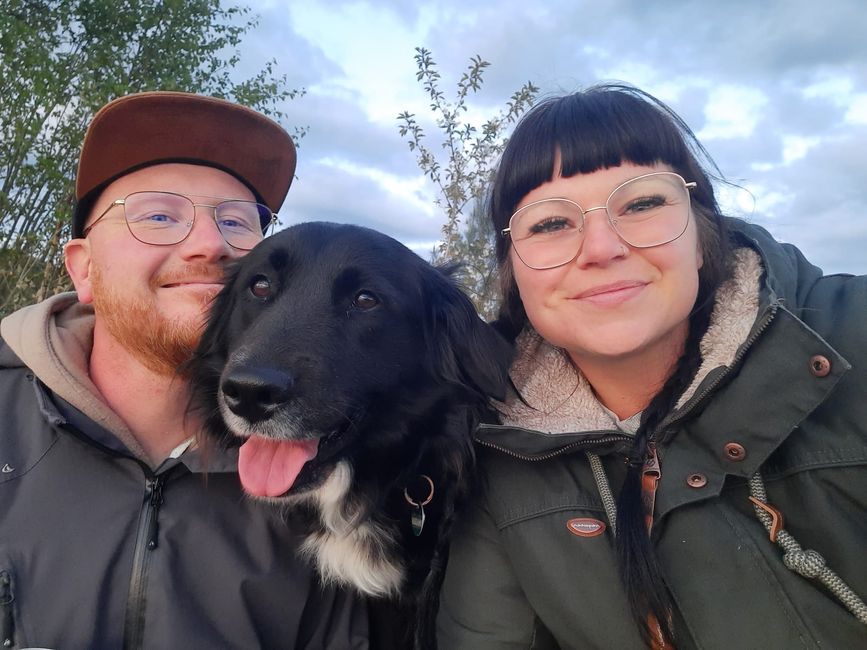
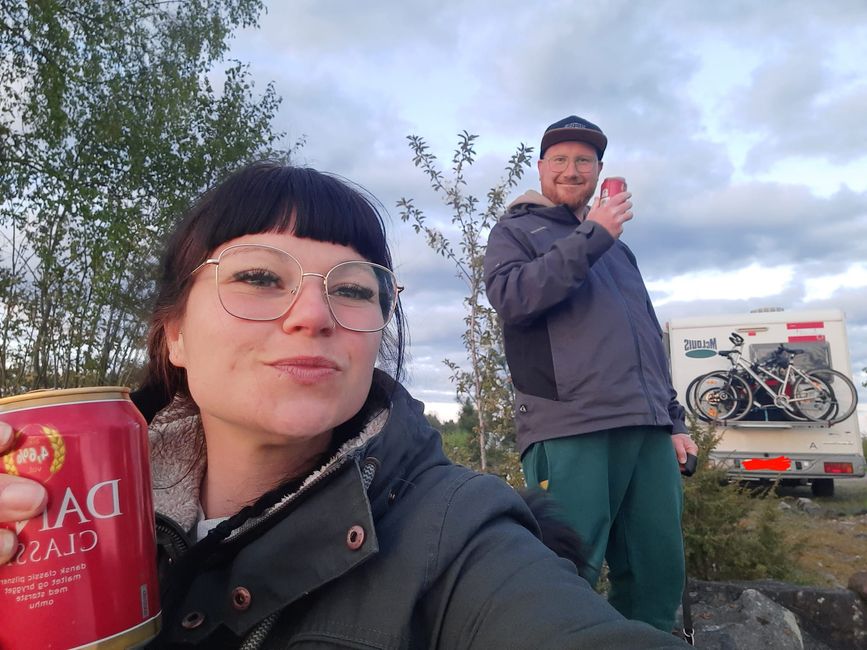
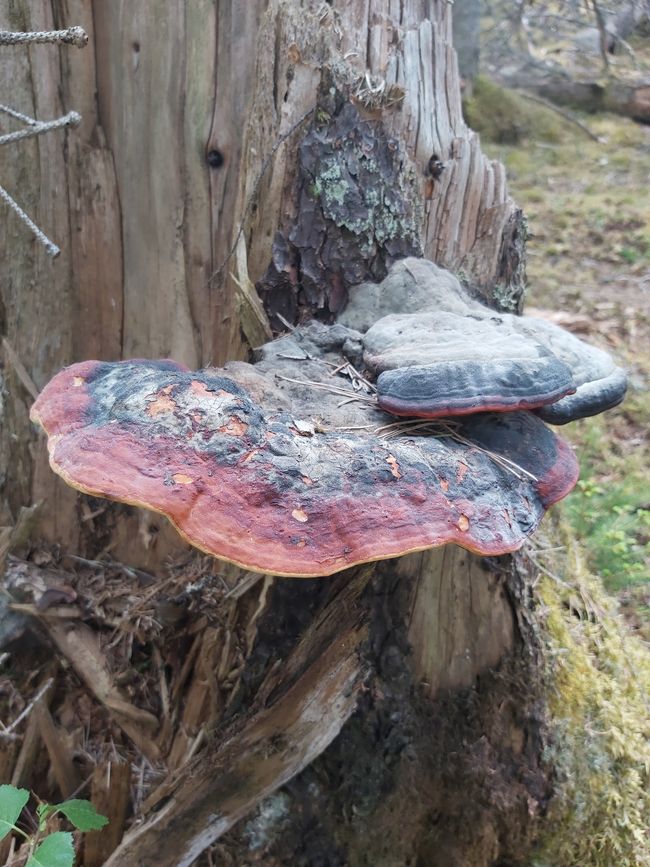
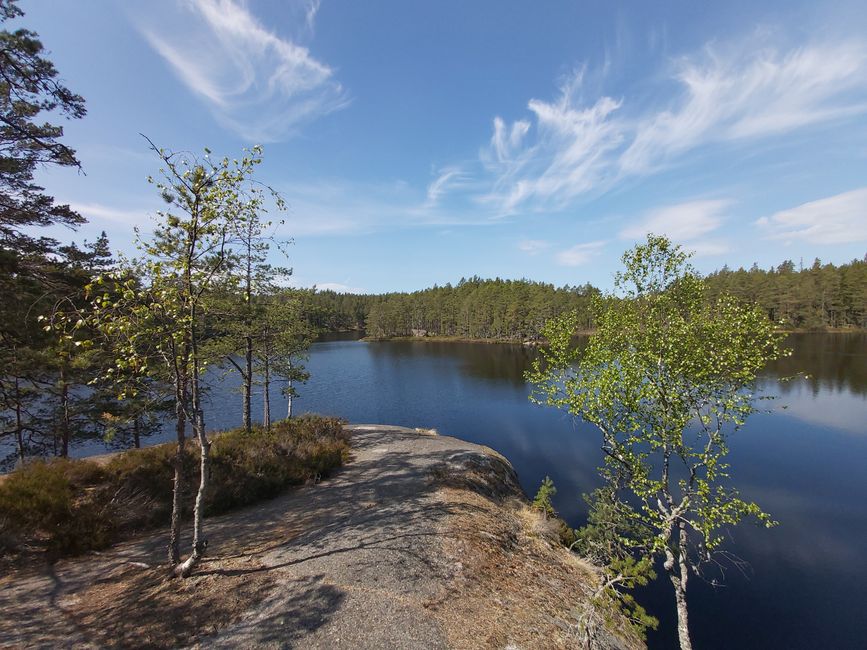
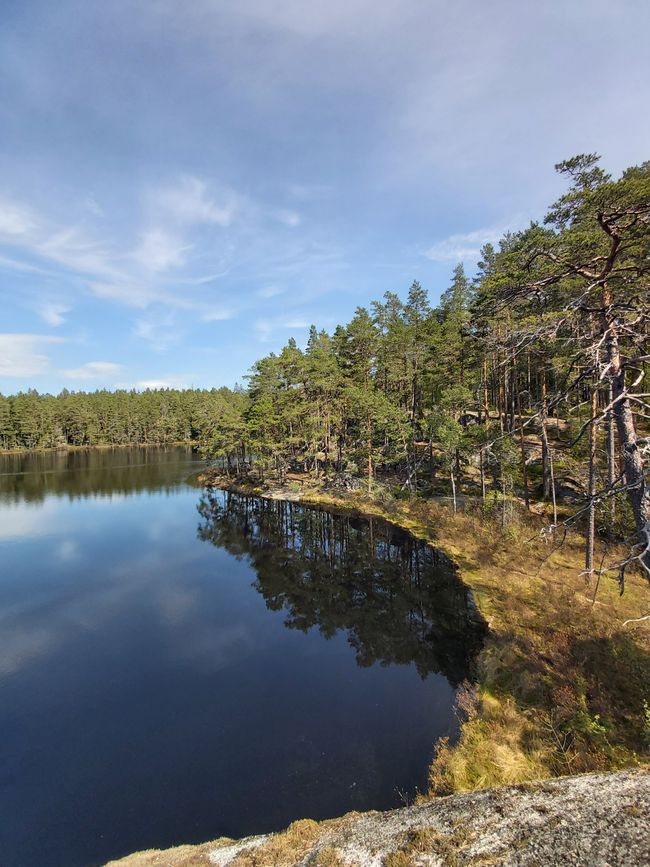
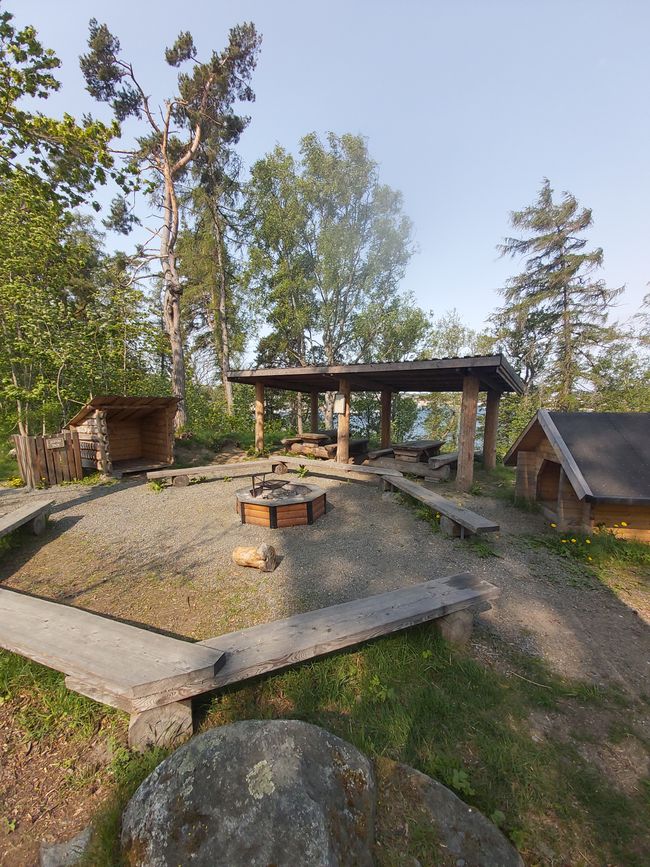
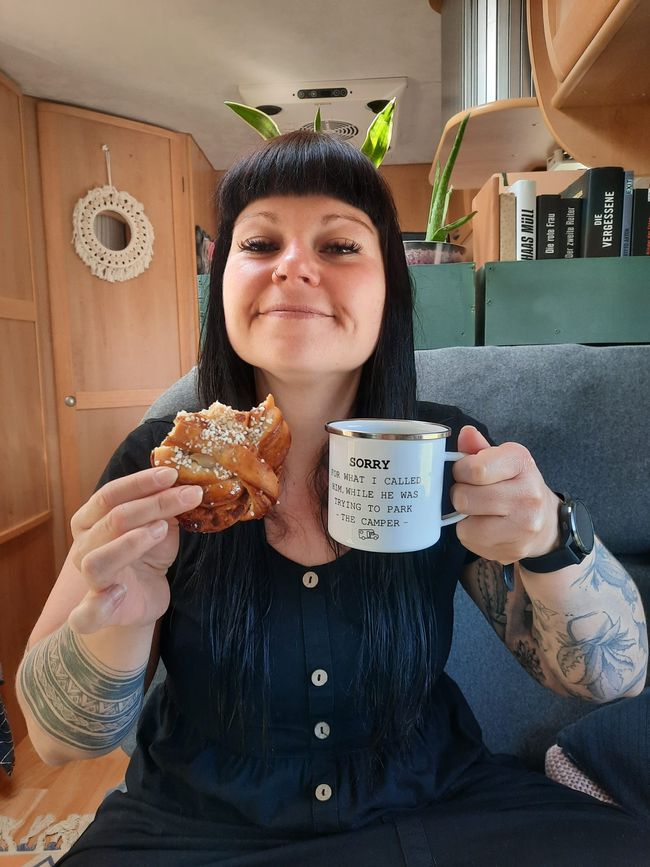
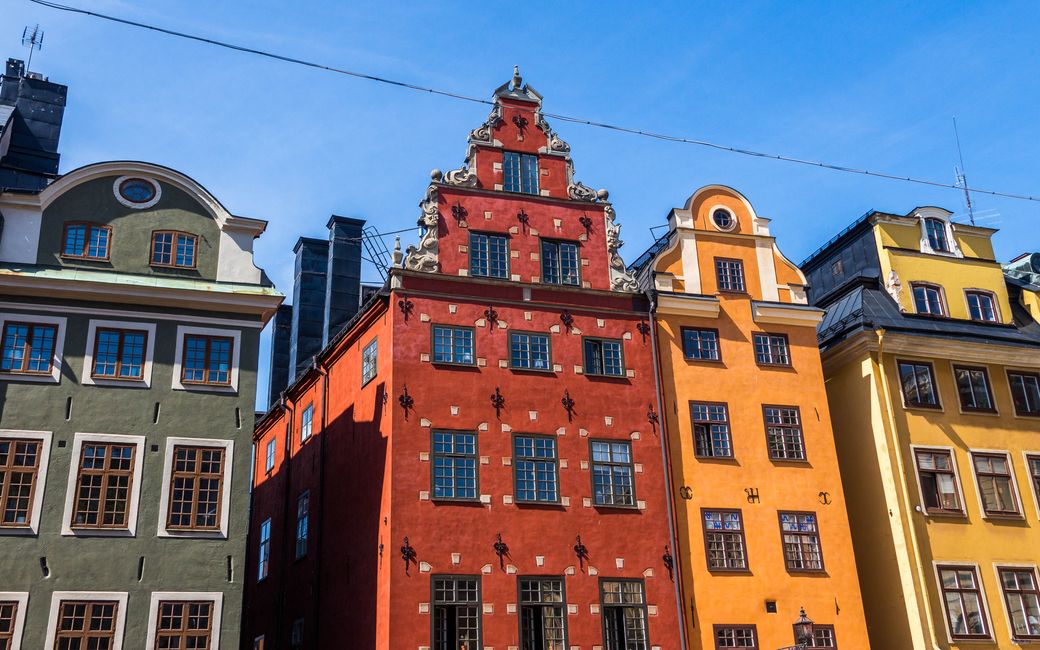
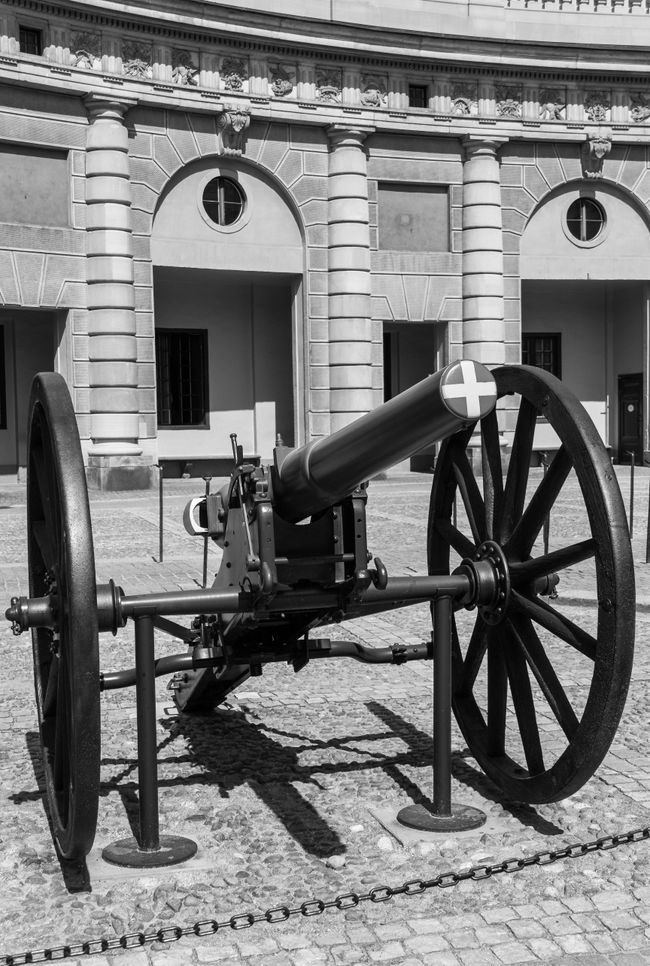
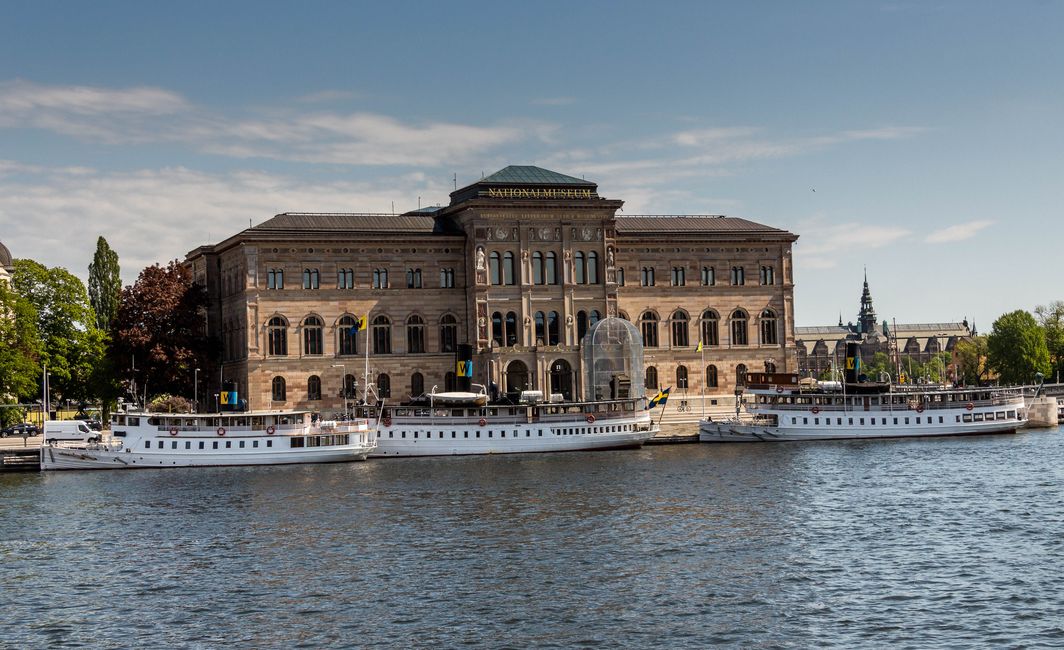
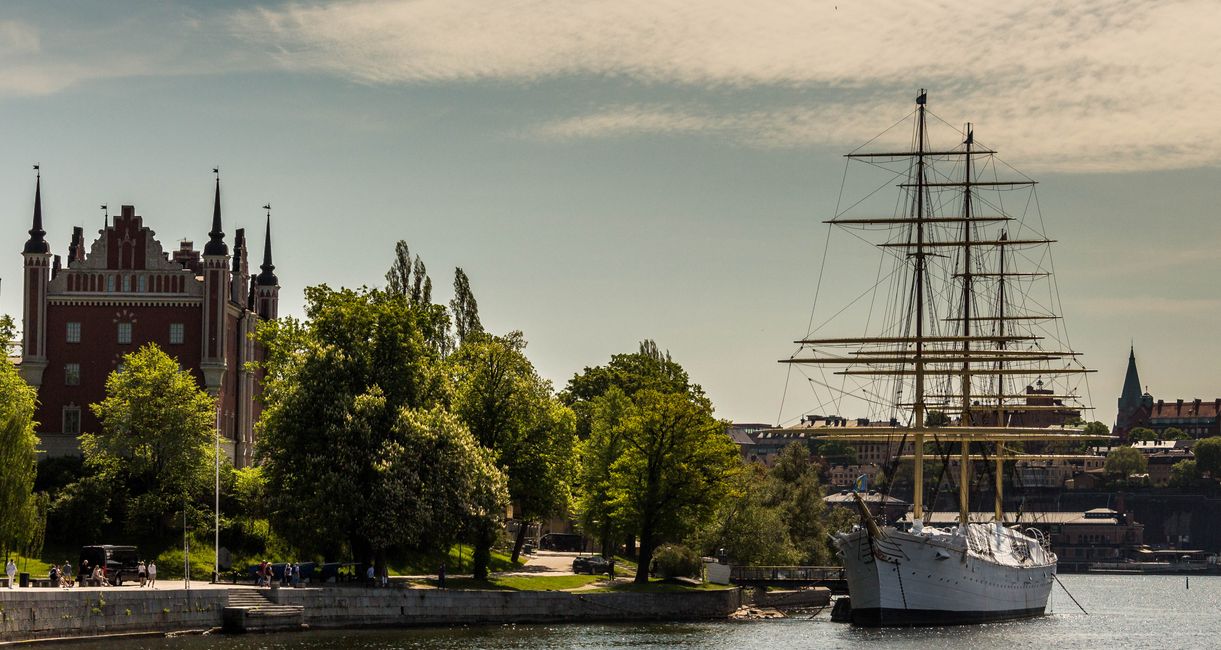
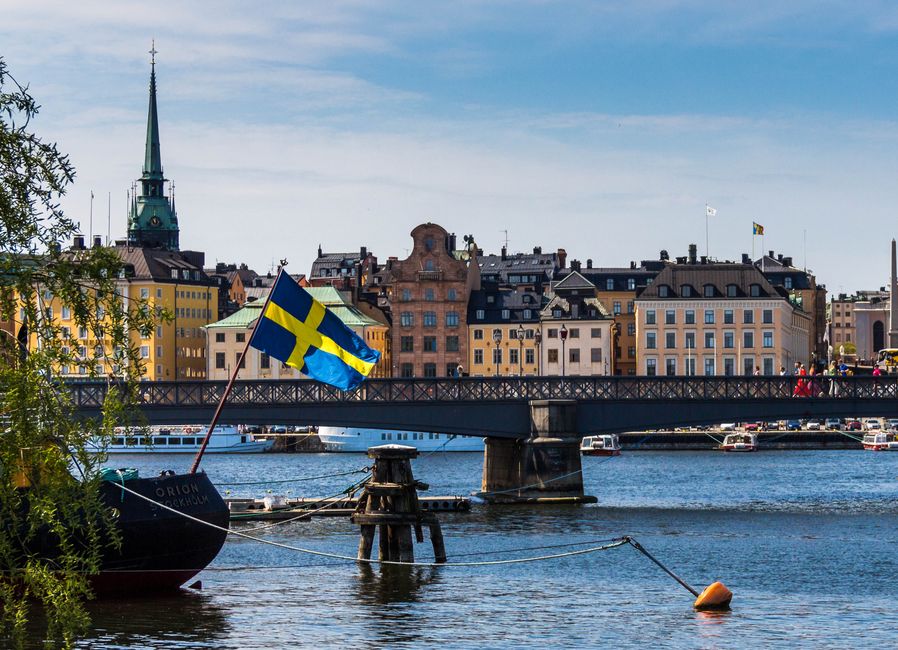
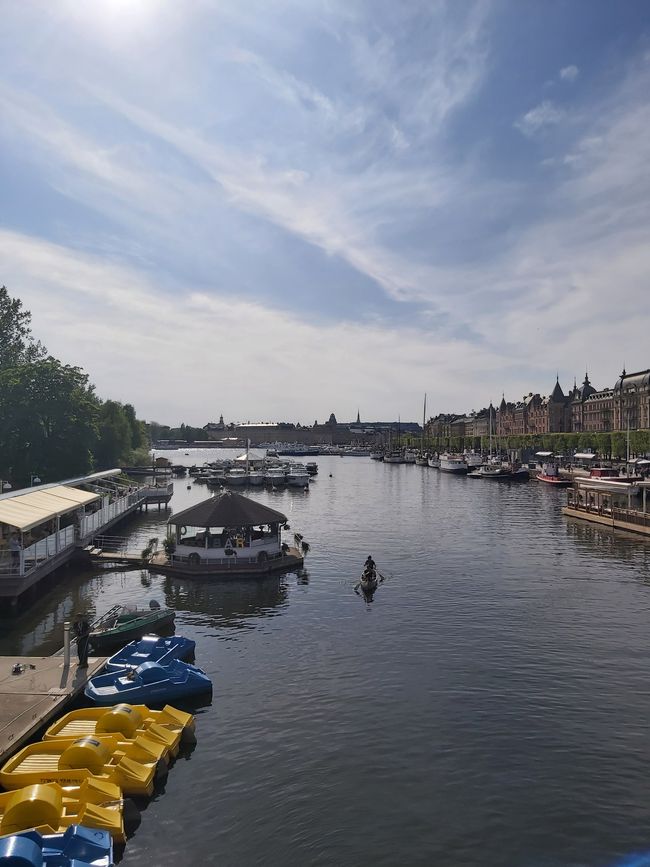
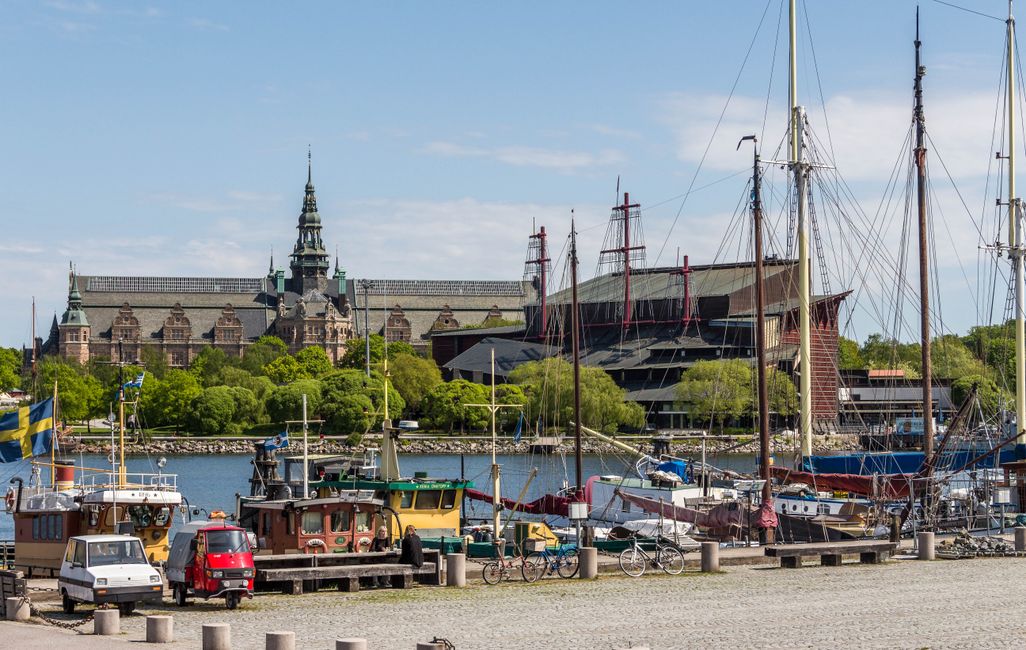
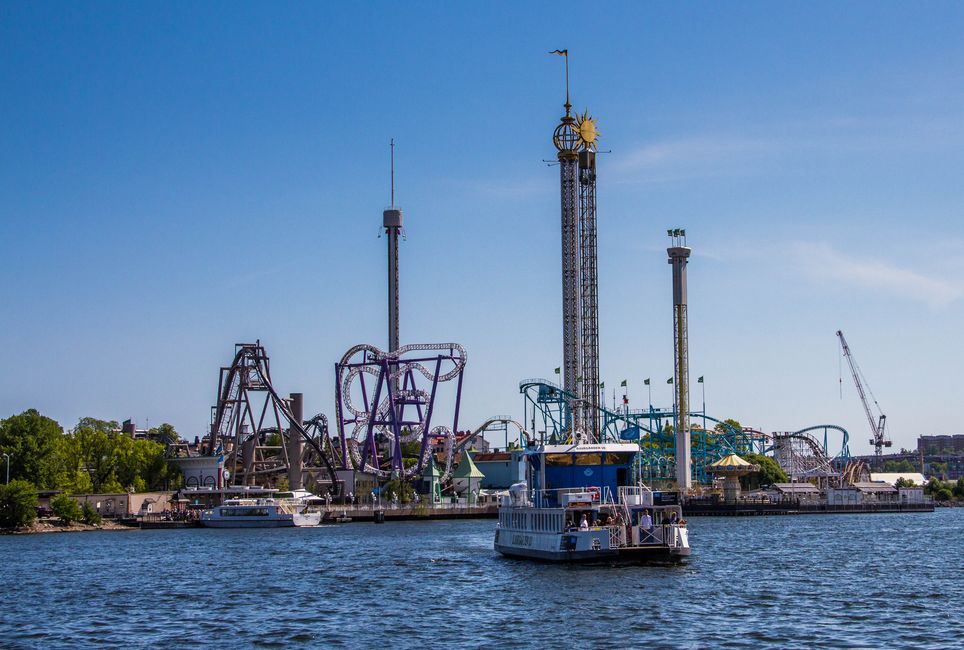
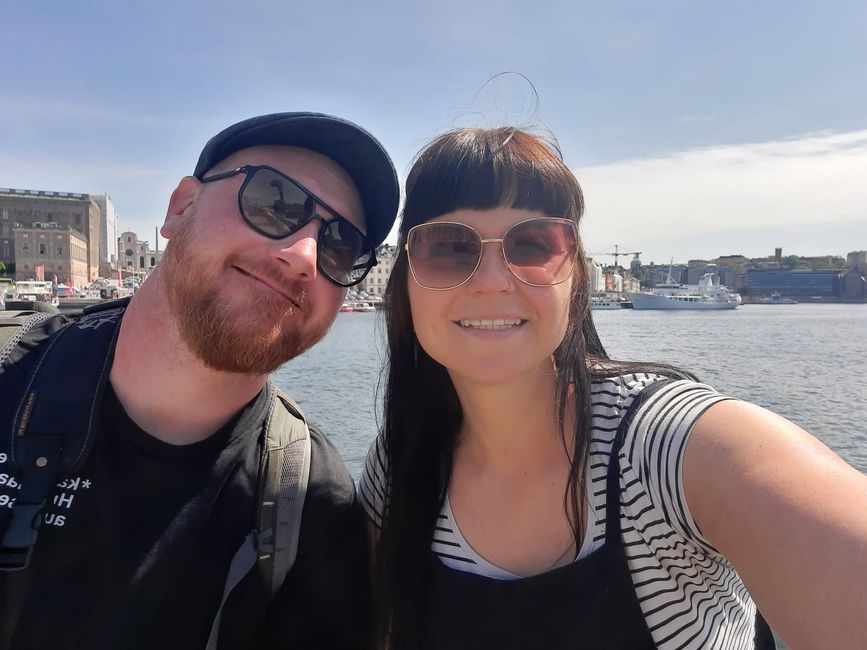
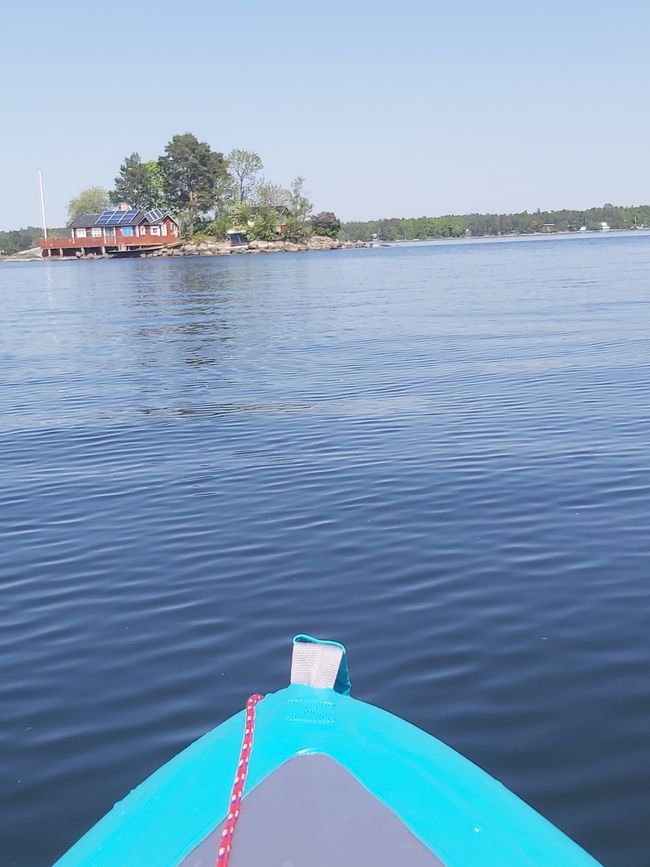
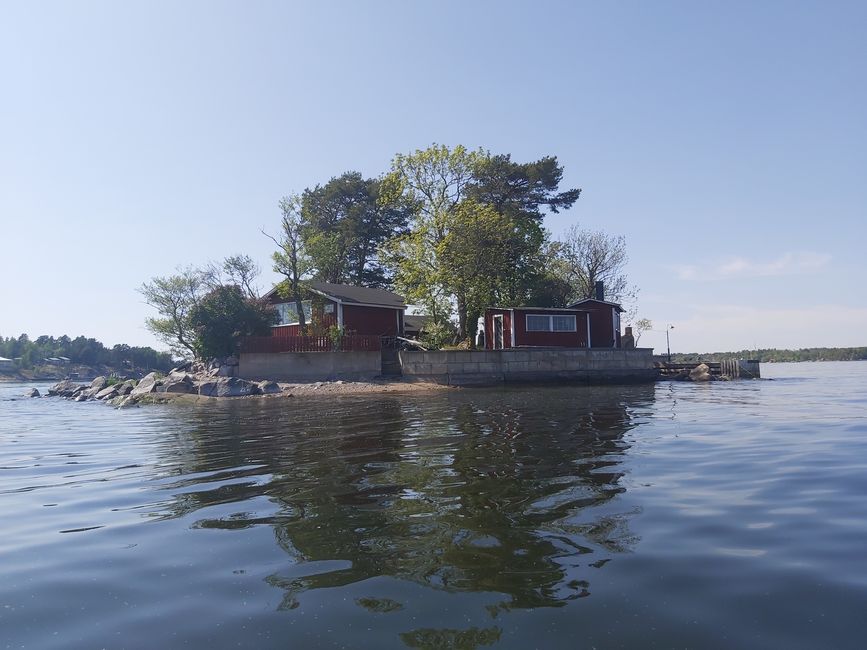
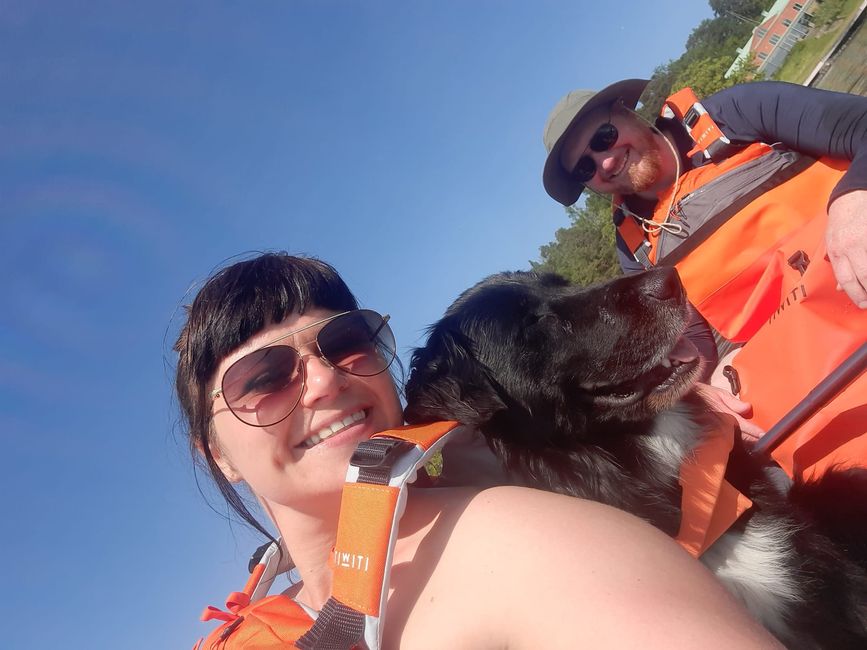
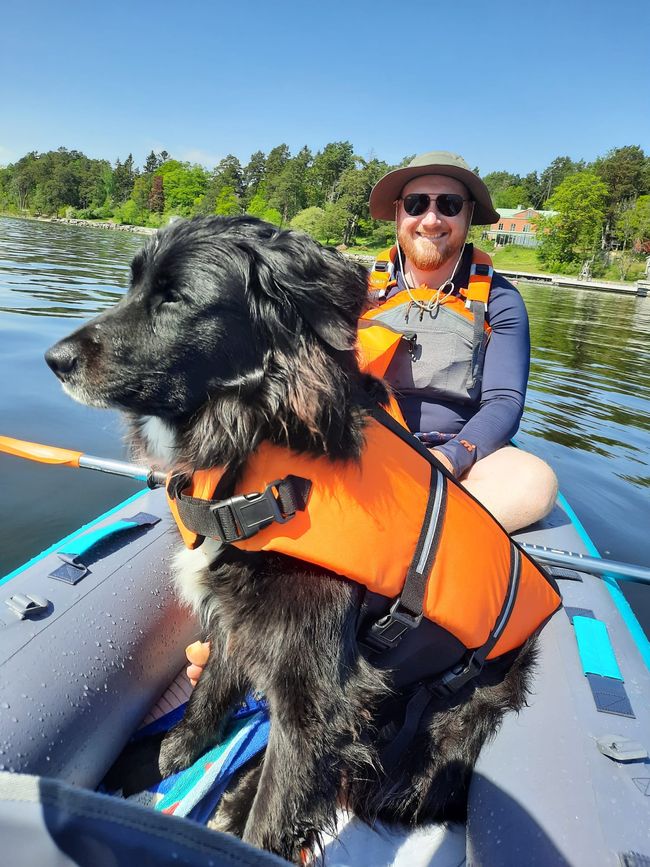
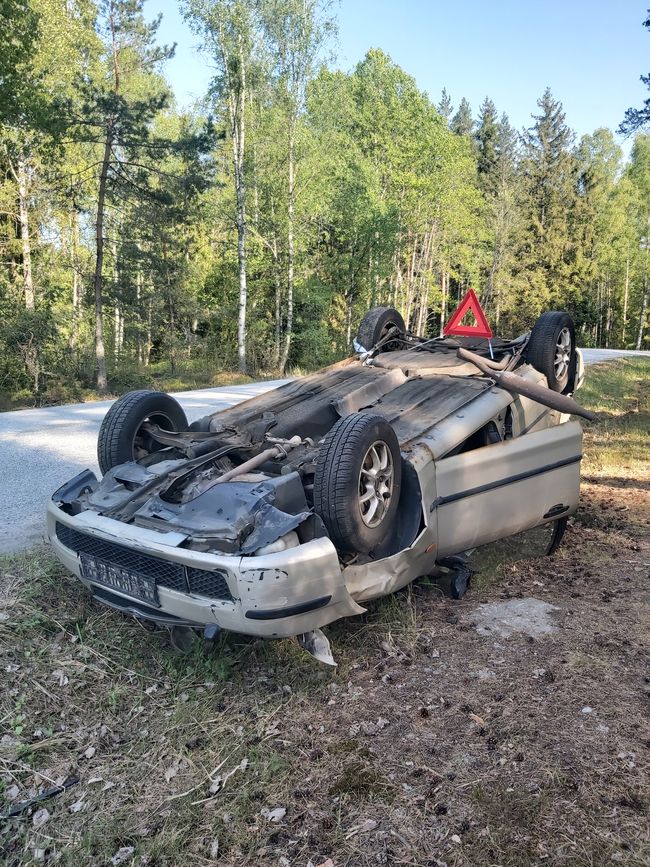
Subscribe ut Newsletter
Off the bridge, in the middle of Sweden and already the first contact with locals. Customs stops us briefly, wants to see Lilli's passport and asks what we are doing in Sweden, which Christine promptly answers with 'Nordkapp'. As a responsible driver, Christian naturally takes on this mission and we have a quasi mission - off to Nordkapp. Let's see if we succeed.
We are drawn back to nature and it presents itself to us in southern Sweden from one of its most beautiful sides. Between mixed forests and lakes, we park our motorhome at Västersjön in the Skåne region. The first night is quite windy and rainy, so we make ourselves comfortable in the motorhome. For our next destination, we have to travel a few kilometers, so we have an unpopular driving day. It's not that bad, though, as we have chosen federal roads and smaller roads, so we take a little longer but can collect many new impressions along the way. Christine, who already discovered her love for small houses in Denmark, finds an even more charming, red, small Swedish house behind every curve. Typical Swedish, small, red painted wooden houses with white windows. Speaking of small, red Swedish houses, why are they like that? The color is officially called Falun Red, because it comes from the town of Falun. There was a copper mine there until 1992, which naturally also had by-products. These contained the pigments for this color. In the 16th century, it was almost hip to paint your wooden house with this color as it reminded of brick houses, which only wealthy Central Europeans could afford at that time. At the end of the 19th century, the color became popular in all social classes, which is why it is now the Swedish national color.
At Lake Vänern, the largest lake in Sweden and the EU, near the town of Sjötorp, we find a really beautiful spot for the next few days. A peninsula surrounded by forests and water, which can be reached via unpaved roads full of muddy potholes, we share with a few other campers and in the evenings with many insects dancing in the most beautiful colors over the water during a breathtaking sunset. Although we would really like to unpack our kayak at this lake, the water is still too cold despite spring temperatures.
But at some point, real life catches up with us, because our laundry bags are full, so we drive to Olshammar on Lake Vättern, where we can take care of all our errands at the harbor of the local sailing club. But now we can't resist anymore and we decide to paddle on Sweden's second largest lake.
Sweden is not a small country, so you have to be prepared to cover distances where you would have almost driven across the country at home. But these drives are by no means boring. Apart from the frequent warning signs regarding moose (probably spotted 1 dead specimen in the ditch so far), wild boars (0 sightings), and deer (2x alive, 1x with a broken front leg and 1x dead in the ditch), you repeatedly come across souped-up cars driving at a walking pace, which are followed by a more or less long line of normal vehicles. At first, we wondered why there are so many broken cars in Sweden?! You have to know that accident wrecks, stripped cars, and car bodies that have been reclaimed by nature are not uncommon on the side of the road or in the forests. We researched once again, these super slow cars are practically the mopeds of Swedish youth. In Sweden, there is a law that says that you can drive a car at the age of 15, but it must not exceed 30 km/h and must be equipped with a warning triangle. For this reason, Sweden's youth limits their cars to 30, attaches a triangle to the rear window, tunes them (lowering, sound system, etc.), and happily drives around the area with them. Additional headlights and bullbars on every 2nd car are also standard equipment, and of course, Christine now wants that for our motorhome.
We are almost 400 km away from our next destination, the Stockholm area. But we start our day outdoors as we hike through Tiveden National Park. A primeval forest with narrow paths through logs and stones, with pure lakes reflecting the sun. Here, nature can still be nature because the forest is virtually not managed. The trees fall as they fall (this is also warned about with signs), only the paths are cleared.
After the 7 km hike, which took us almost 3 hours, we decide to spend the night in Oxelösund halfway to Stockholm, in order to visit the next national park near the capital the next day. In general, it should be mentioned that you can visit 30 national parks in Sweden.
Tyresta National Park is located just before Stockholm and offers us wonderful hiking trails through pine forests and blueberry bushes and a peaceful place to sleep so that we can visit Stockholm the next day. Another amazing detail in the national parks are the fire pits. At designated places, there are benches and a fire pit including a grill rack and a hut with firewood. Unfortunately, they cannot currently be used due to the existing danger of forest fires.
The capital is beautiful or, as Christine likes to say - very likable! Built on 14 archipelago islands, you are always surrounded by water and have to cross a bridge to get somewhere else. Or you can use the excellently developed public transportation network. You can explore the city with the subway, tram, and bus. If you want to get away from the urban hustle and bustle, the world's first NationalcityPark, yes exactly, a national park in the middle of the city, invites you to relax and enjoy.
In the Stockholm area, we wanted to do three things. Visit Tyresta National Park, visit the city, and do something with or on the archipelago. The archipelago near Stockholm is the largest group of islands in Sweden where you can do a thousand things, from living to boat tours, vacations, etc. We decided to take a trip to the island of Vaxholm, where we parked at a small jetty and launched our kayak. So our decision was to go kayaking between the Stockholm archipelago. In short, it was the best decision for us. We paddled around small islands, on which there was often only 1 house or none at all, and in the middle of the Baltic Sea, we were surprised by a sudden visitor. About 5 meters away from us, a seal surfaced and curiously took a look at us. Even the 'land dog' in the boat, Lilli, responded to the curiosity of the sea inhabitant. At some point, the seal disappeared again and we record 1 seal sighting.
Next time, we'll tell you how our journey continues, which sightings we will have, and whether we were honest with the Swedish customs officer :-)
Subscribe ut Newsletter
Answer
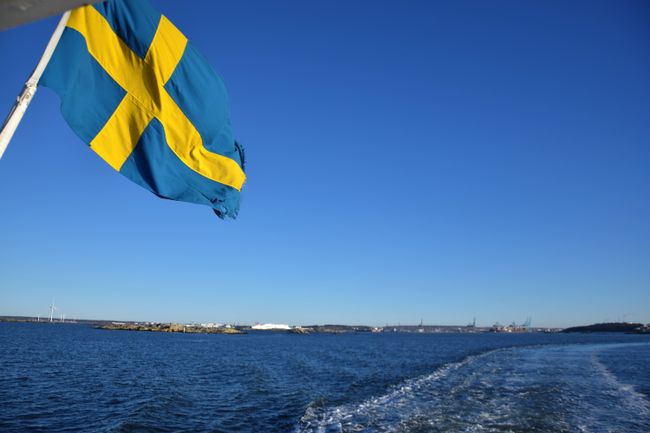
Travel tradit Suecia

